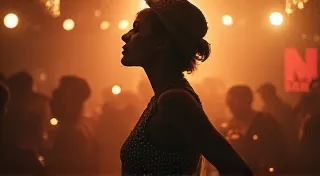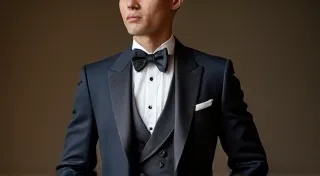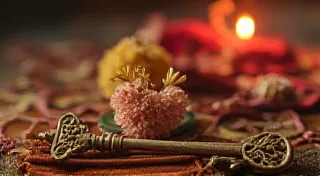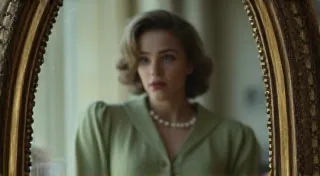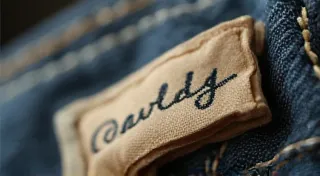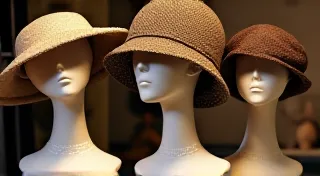The Mod Era: A Style Guide to 1960s Fashion
Step back into the swinging sixties! We're exploring the bold colors, geometric patterns, and mini-skirt revolution of Mod style.
What Was the Mod Era?
The Mod subculture emerged in Britain during the early 1960s and rapidly spread across the world. It was a rebellion against the post-war austerity and traditional values. “Mod” originally stood for “modernist,” and it reflected a desire for contemporary design, music (think The Who and The Kinks), and, crucially, fashion. It represented a youthful energy, optimism, and a desire to be seen as sophisticated and stylish.
Key Elements of Mod Fashion
Mod fashion was all about clean lines, bold graphics, and a certain effortless cool. Here's a breakdown of the essential elements:
For Women: Mini Skirts & A-Line Dresses
Perhaps the most iconic element of Mod fashion was the mini skirt. Mary Quant is often credited with popularizing this revolutionary garment, and it quickly became a symbol of youthful liberation. A-line dresses, often in vibrant colours or geometric prints, were also staples in a Mod girl's wardrobe. Think Twiggy – the epitome of the Mod aesthetic.

Tops & Outerwear
Simple, fitted tops like turtlenecks and boatneck sweaters were commonly paired with mini skirts and trousers. For outerwear, think tailored coats with clean lines, often in solid colours or with subtle patterns. Parkas, especially in bold colours like navy blue or red, were also a popular choice.
Footwear
Go-go boots were the footwear of choice for many Mod women, adding height and a playful vibe to their outfits. Ballet flats and loafers were also acceptable choices for a more casual look.
Hair & Makeup
The classic Mod hairstyle was a short, geometric bob, often with blunt bangs. Makeup was kept relatively simple, with an emphasis on large, doe-like eyes. Pale lipstick and defined eyebrows completed the look.
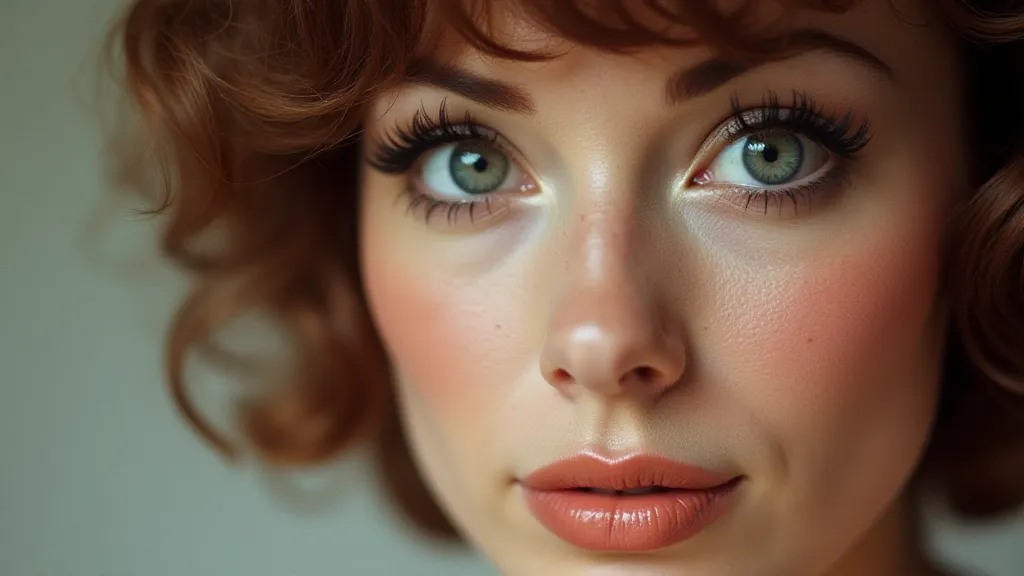
For Men: Sharp Suits & Slim Silhouettes
Mod men favoured slim-fitting suits in dark colours like navy blue or charcoal grey. These suits were often paired with skinny ties and sharply pointed shoes. The overall effect was one of sophistication and modernity. Parkas, often in bold colours, were also a key item.
Patterns & Prints
Geometric patterns, particularly those inspired by Op Art, were hugely popular in Mod fashion. Think bold stripes, checkerboard prints, and abstract designs. These patterns added a touch of excitement and visual interest to otherwise simple outfits.
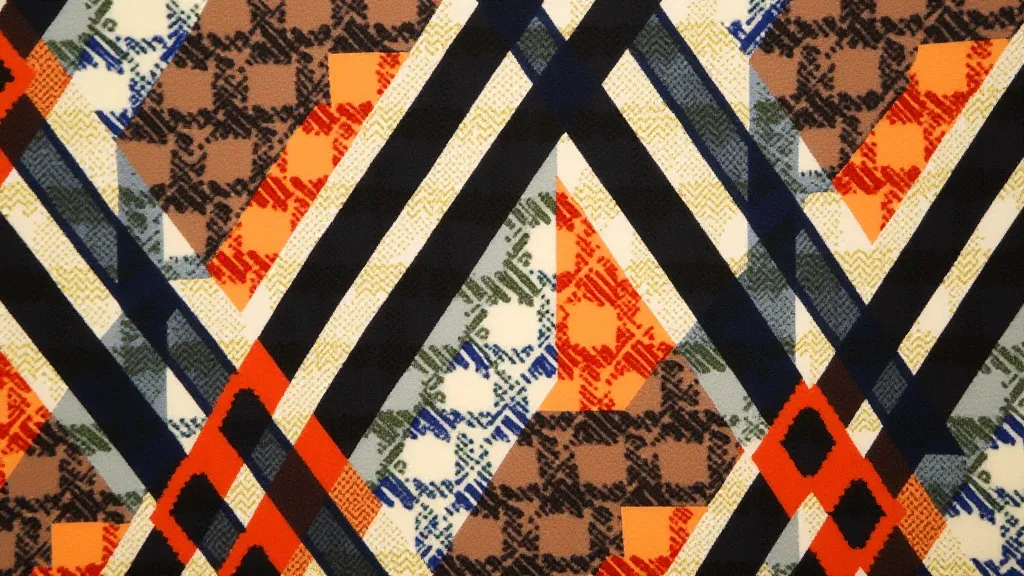
Incorporating Mod Style Today
While recreating the exact Mod look of the 1960s might be a bit extreme, you can certainly incorporate elements of this iconic style into your modern wardrobe. Try pairing a mini skirt with a simple turtleneck, or adding a bold geometric print to your outfit. Don't be afraid to experiment and have fun – that’s what Mod was all about!
